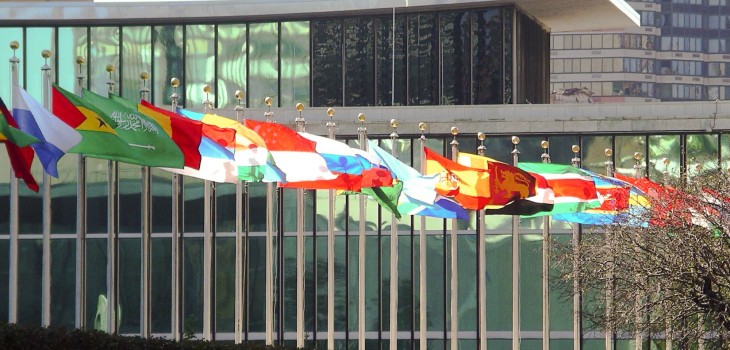By Jeremy Shiffman and Tamara Hafner
Following a period of focus on disease-specific initiatives, including the emergence of GAVI, PEPFAR and the Global Fund, a number of global health organizations have come to give attention to the issue of health systems strengthening. In a paper published earlier this year in Health Policy and Planning, we explored how and why such attention emerged and how extensive it has become, using published studies, internal documents and interviews with officials from organizations, including WHO, the World Bank and the Rockefeller Foundation.
We found three crucial factors behind the recent emergence of attention to health systems strengthening:
(1) Fears among global health actors that the Millennium Development Goals could not be achieved without better health systems, particularly Goals 4, 5 and 6 – which are specifically health related.
(2) Concern about the adverse effect that global health initiatives have on national health systems.
(3) The realization among global health initiatives that weak health systems present bottlenecks to the achievement of their organizational objectives. For example, GAVI decided to invest in heath systems strengthening after a series of commissioned studies concluded that financial and human resource weaknesses were hampering immunization coverage.
We also found distinct limitations to the scope and quality of attention to the issue, including the following:
(1) The absence of a politically powerful policy community promoting attention to health systems strengthening, in contrast to the powerful constituencies for specific diseases, such as HIV/AIDS.
(2) The vagueness of the concept of health systems strengthening and the weakness of the evidence base to inform policies and programs.
(3) The slow growth in funding for the issue despite donor rhetoric surrounding its importance (see Figure 1). Between 2004 and 2009, commitments for health systems strengthening grew at an average annual rate of 7.1%, considerably slower than that for total health and population funding (13.1%) and only slightly higher than the rate of increase for all donor aid (6.2%). As a percentage of total funding for health and population, health systems strengthening funding declined markedly between 1998 and 2009, from 63.5% to 27.6%, as HIV/AIDS and other infectious diseases grew to receive more than half of all commitments.
Figure 1: Health and population funding commitments for all donors by issue.
Notes: Columns show the total commitments for each issue in billions of constant US dollars, 2009 base year. The trend line shows the percentage of total health and population funding commitments directed toward health systems strengthening (HSS). See paper for sources.
Although the issue of strengthening health systems has received attention from several global health organizations for almost a decade, there are several reasons to question the sustainability of their commitment. Among these are the strain of the global financial crisis on donors and the history of pendulum swings in global health between disease-specific and systems-oriented approaches. Also, some actors embrace the issue for instrumental reasons: not because they accept the intrinsic worth of the idea but because doing so helps them achieve their organizational, usually disease-specific, objectives.
Health systems strengthening is predominantly a national issue. However, the commitment of global actors is worth monitoring since they influence financing, national priority and policy approaches, and since recent global deliberations (see especially Report of the High-Level Panel of Eminent Persons on the Post-2015 Development Agenda and Health in the Post-2015 Agenda) make it unclear what primacy they will afford this issue in the post-MDG era and how it fits amidst present discussions surrounding universal health coverage.
Jeremy Shiffman is Health Policy Editor of Health Policy and Planning and Professor of Public Administration and Policy at American University, Washington, D.C.
Tamara Hafner is formerly Assistant Professor, Department of Public Administration and Policy, American University, Washington, D.C.












